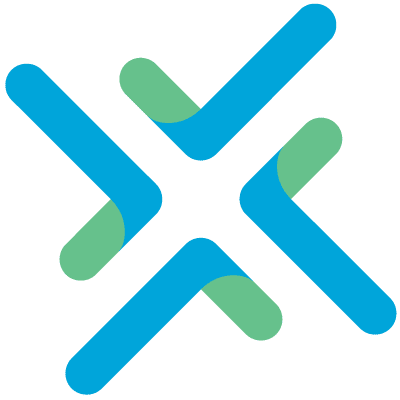
Employers seek creative and effective support options for employee health, wellness, and financial needs, giving employees more benefit options than ever. Picking and choosing among them is somewhat like building a meal in a cafeteria line. This ability comes from the IRS’ Section 125, also known as the “Cafeteria Plan” provision. But what exactly do Section 125 plans involve?
Are there special Section 125 requirements?
Employers who offer Section 125 plans must offer one taxable benefit and one pre-tax eligible benefit that is considered part of a salary. Benefit options may include health and disability insurance, FSAs, DCFSAs, HSAs, and retirement plan contributions. Some employers may offer a cash-equivalent option, equal to the cost of group health premiums, that employees who aren’t taking the insurance can spend on other benefits instead.
How do cafeteria plans benefit employees?
The most significant advantage Section 125 plans offer is choice and flexibility. When they choose options like contributions to tax-advantaged benefit accounts, employees may be able to lower their payroll taxes by reducing taxable income. Benefit deductions may fund accounts such as:
- Flexible Spending Accounts (FSAs), which allow employees to pay for qualified out-of-pocket medical expenses with pre-tax funds.
- Health Savings Accounts (HSAs). Like an FSA, HSAs enable setting aside pre-tax money for various approved healthcare products and services. Unlike FSAs, employees own their HSA accounts and can take them with them if they leave.
- Dependent Care Flexible Spending Accounts (DCFSAs). Also known as Dependent Care Assistance Plans (DCAP), this benefit allows setting aside up to $7,500 per year pre-tax to pay for dependent care. This helps working parents save on childcare (or care for elderly or disabled dependents unable to care for themselves) while working or attending school.
How do cafeteria plans benefit employers?
When employee payroll tax liability decreases, the employer’s payroll tax matching liabilities are lowered, potentially offsetting costs related to offering and administering the cafeteria plan. Section 125 plans also help employers hire and retain a quality workforce by providing attractive benefit options. Finally, any unused funds left in employee FSA accounts after the end of a plan year revert to the employer.
We hope the above has helped feed your appetite to learn more about Section 125 cafeteria plans. Speak with your benefits administrator if you’re still hungry to know more!
Beneliance has provided Arkansas employers with comprehensive third-party employee benefits administration and compliance services since 1996. Please enter your email (above right) to receive notifications about new blog articles as they are published.



